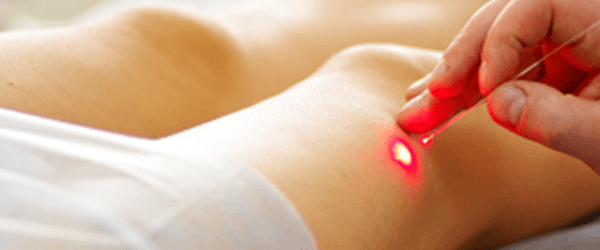
Patients today who suffer from varicose veins are fortunate to have a number of treatment options for getting rid of these unwanted vessels. One of them is a minimally invasive procedure known as an ambulatory phlebectomy. Some vein doctors refer to it as a microphlebectomy, miniphlebectomy or stab phlebectomy.
Understanding Varicose Veins
These knotted veins sometimes resemble a cauliflower. Usually dark blue or purple, they are the result of a medical condition known as chronic venous insufficiency where one-way valves in the veins fail allowing blood to leak backwards, pressurizing the legs.
Vein specialists who treat this condition are vascular surgeons. They have many methods at their disposal to treat varicose veins in addition to a phlebectomy. Two examples are the Venefit® procedure, EVLT, and nonthermal ablation and “stripping” surgery that your parents or grandparents may have had is no longer necessary.
Treatments fall into two types. Simple changes include avoiding long periods of standing or sitting, losing weight, keeping legs elevated while at rest, and wearing compression stockings. Many people improve with these measures, but when more is needed, veins doctors can prescribe a number of medical and surgical options. The Mayo Clinic indicates that the most common methods to treat more severe varicose veins include:
- Sclerotherapy
- Laser therapy
- Phlebectomy
- Catheter-assisted heat
- Endoscopic vein surgery
- Vein stripping
How Ambulatory Phlebectomy Treatment Works
Patients who are good candidates for a ambulatory phlebectomy normally undergo this procedure on an outpatient basis, according to RadiologyInfo.org. Doctors can perform this in an office setting with local anesthesia.
After the staff cleanses the targeted area, the patient receives a local anesthetic. The surgeon makes a small puncture in the skin and then removes the targeted vein. The implement used to remove the vessel is known as a phlebectomy hook and resembles a crochet hook. Depending on patient’s vein pattern, the surgeon might combine a phlebectomy with other procedures such as an endovenous ablation. The incisions used are small, typically the size of a pen tip.
Most sessions last between half an hour to an hour. Individuals with an extensive network of varicose veins sometimes need two or three sessions, says the Virginia Commonwealth University Medical Center. It is important for patients to realize that while phlebectomy removes diseased vessels, it cannot prevent new varicose veins from forming.
Most patients report little if any pain during the procedure. Incisions are so tiny that they require no stitches. After the treatment, the vein clinic staff wrap the treated leg into a special compression wrap. Patients must wear compression stockings for a period of two weeks. They are able to walk immediately after treatment.
Before discharge, the vascular surgeon will provide a list of post-treatment instructions. Most people are able to return to nearly all their normal activities the day after the procedure.
